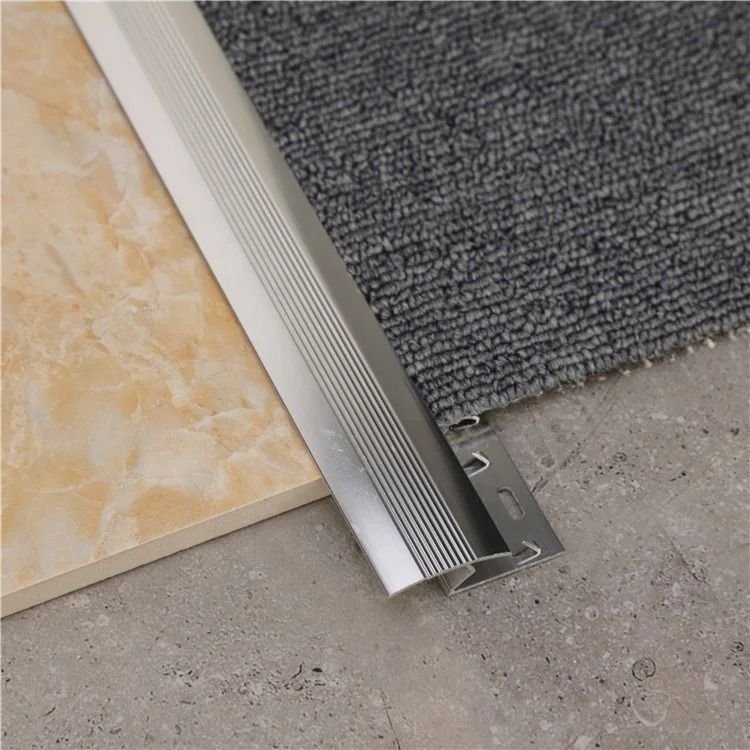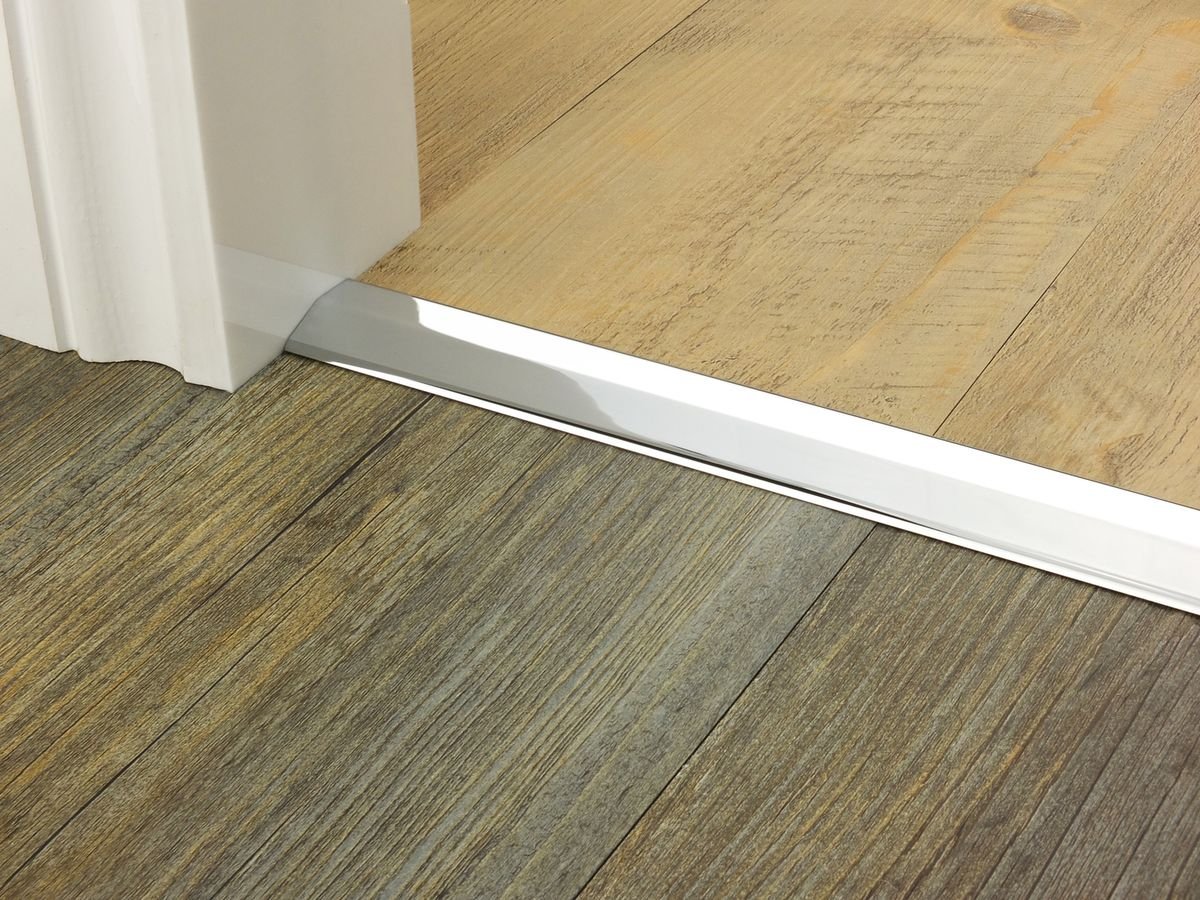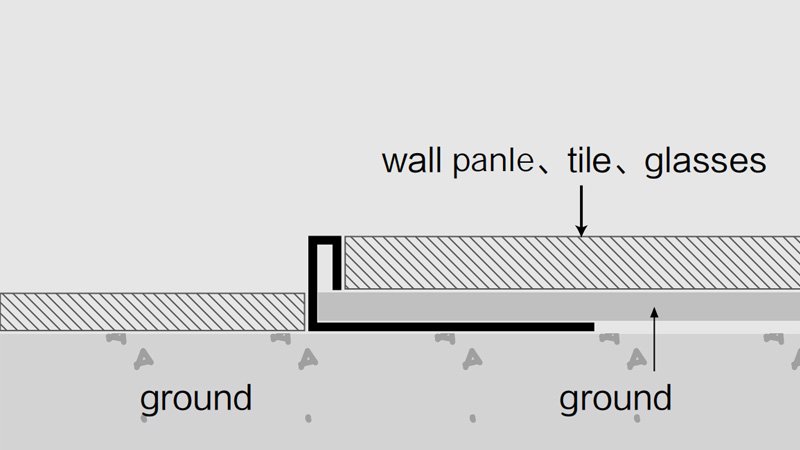Choosing the Right Flooring Transition Strip for Your Needs
Flooring transition strips form an integral part of renovation work by creating seamless connections between different flooring surfaces or between sections of identical materials. These transition strips provide safe and visually attractive floor connections between hardwood and tile rooms and expansion gap protection for floors and walls. The strips function beyond appearance by protecting users from tripping incidents and they deliver professional touches to interior spaces. This guide provides details about flooring transition strips including their definition, purpose and selection process.
What Are Flooring Transition Strips?
Transition strips consist of thin materials such as wood metal or PVC which get installed between two different flooring surfaces or at threshold areas. The strips function to connect flooring materials including carpet and tile as well as hardwood and vinyl or different types of hardwood flooring when there are height differences or texture variations or material composition variations. Transition strips used for carpets and tiles connect plush bedroom carpets to sleek bathroom tiles and door transition strips create smooth entry transitions.
Transition strips fulfill both functional needs while simultaneously improving the design quality of a room. Metal transition strips and wood transition strips serve as design elements that either blend or contrast with flooring materials to produce a unified stylish appearance.

Why You Need Flooring Transition Strips
Transition strips perform three essential functions during flooring installations:
- The uneven height between tile and carpet creates safety hazards because of the tripping risks. The installation of transition strips for uneven floors through reducers creates smooth floor transitions which specifically benefit doorways in high-traffic zones.
- The visual appeal of your home or business increases through the use of transition strips made from vinyl materials up to hardwood floor transition strips.
- Transition strips serve as effective sound dampeners in active spaces because they reduce floorboard noises.
- The protective function of these strips guards flooring edges from damage which extends the service life of materials including laminate and tile.
- The practicality of installation and the design value of these elements depend on carpet to tile transition strips and tile to wood transition strips.
Types of Flooring Transition Strips
The market offers different transition strips which meet the requirements of particular flooring applications. The most frequently used transition strips consist of four primary types:

T-Molding Transition Strips
T-Molding transition strips use their "T" shape to join surfaces that have the same elevation. The track-based installation method enables effective coverage of spaces.
- Best For: Hardwood to tile or laminate to laminate transitions.
- The installation of T-Molding transition strips works best for doorways connecting level-floor rooms such as hardwood living rooms to tiled kitchens.
Reducer Transition Strips
The design of reducer transition strips includes a sloping feature which enables them to connect floors at different elevations while minimizing the risk of tripping.
- The best application of these strips occurs when you want to connect hardwood flooring to carpeted surfaces or tile to vinyl flooring.
- The use of rubber reducers as transition strips works best when connecting thick carpets to tile floors.


Threshold Transition Strips
Threshold transition strips function as both sturdy and wide components which serve doorways and high-traffic zones.
- The ideal application of threshold transition strips occurs when you need to connect carpet to hardwood or tile to laminate.
- The placement of a threshold transition strip functions best as an entrance point between a carpeted bedroom and a wooden corridor.
Quarter Round Transition Strips
Quarter Round strips serve to hide expansion gaps between flooring and walls as well as provide decorative elements.
- These strips serve best when finishing hardwood flooring edges and laminate flooring edges and tile flooring edges.
- The placement of Quarter Round strips should be along the baseboards where wood flooring meets walls.

How to Choose the Right Transition Strip
The selection of the appropriate transition strip depends on finding a suitable equilibrium between operational requirements and visual aspects. Several essential factors need to be evaluated during selection:
Flooring Types
Select transition strips according to your floor materials:
- The combination of T-Molding or Reducer strips with metal or wood materials proves effective for hardwood to tile installations.
- A carpet to tile transition strip functions like Reducer or Threshold to handle carpet thickness.
- A single vinyl transition strip functions as a seamless connection for uniform flooring.
Height Differences
To solve elevation variations use:
- A rubber Reducer strip serves as the solution for large height variations.
- A T-Molding transition strip functions as the best choice to connect floors at the same level.


Aesthetic Preferences
The strip should follow the design specifications you have set:
- Select transition strips based on their color and material when you pair wood with hardwood or metal with tile.
- The aesthetic of modern buildings requires metal strips while traditional houses need wooden strips.
Durability and Materials
The selection process should consider both wear resistance and environmental conditions:
- High-Traffic Areas require either metal flooring transition strips (aluminum or stainless steel) or high-quality PVC to work well in kitchens or commercial spaces.
- Bathrooms need Vinyl flooring transition strips together with metal options which protect against water damage.
- The bedroom flooring transition strips use wood or laminate materials.
The most popular flooring transition materials include wood which provides warmth alongside metal for durability and PVC for versatile affordable options.

Conclusion
The primary function of flooring transition strips goes beyond functionality because they create both safety and visual appeal while extending the lifespan of your flooring system. Your flooring transition needs depend on your selected flooring types combined with height differences and style choices and desired durability level. Select a strip after careful assessment because it should enhance both functional aspects and visual appeal. For professional advice or quality options regarding your renovation visit a flooring supplier or a professional website to achieve the best results.
Our Products
Latest Articles
Get A Free Sample
Try out the products you are interested in and get free samples. See the quality for yourself and let’s start working together right away.
Get In Touch Today
After you fill out the form, We will contact you within 24 hours.
The first objective will be to understand your needs, then develop a business plan together and provide you with the best pricing!
Address
Workshop No. 3 (Self - designated), Sizhong Industrial Zone, Dazhen Community, Dali Town, Nanhai District, Foshan City
Tel
+86 13392243769
+86 13392243769
senmry@vip.163.com







